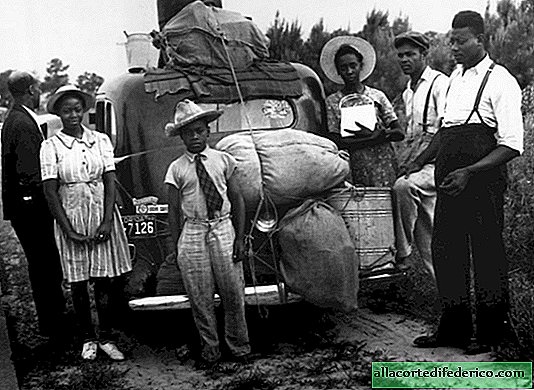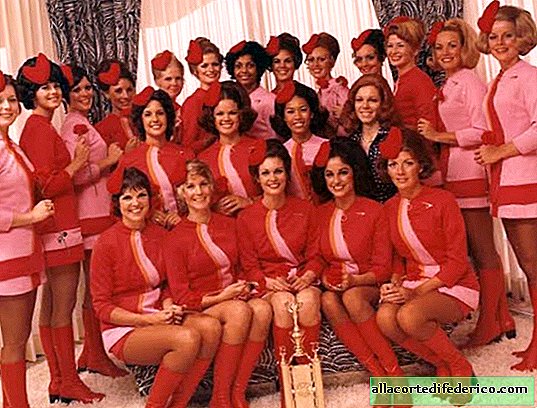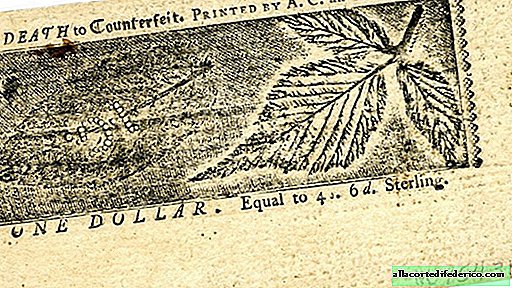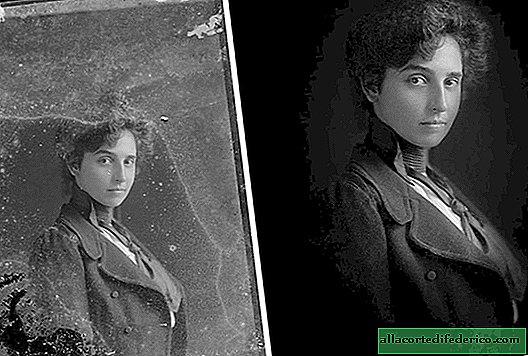Racist America auto guide: how black people used to travel
Life in the USA in the mid-20th century was not easy for a black population. African Americans were harassed in the country, and discrimination was often legalized. In many southern states, the so-called Jim Crow laws have been enacted, restricting the rights of "colored" citizens. But racism was not only public, but also private. Many businesses were open only to whites, and objectionable visitors simply refused to serve.

It was especially difficult for blacks to travel around the country. Buses and trains were segregated, and minorities were subjected to degrading treatment. It would seem that salvation lay in a personal car, where a man is his own master. However, there were problems. African-Americans could be denied any institution that today is so closely associated with long-distance car trips: the owners of road motels, restaurants and even gas stations quite often decided that their business would serve only white Americans.
To avoid such troubles, every self-respecting black car enthusiast took along a special guide - the Green Book.
Her full name Negro motorist green book (The green book of the black driver). It was a booklet the size of a notebook somewhere, listing businesses needed by a traveller, who were ready to serve African-Americans.

The idea of the guide occurred to its author, Victor Green, in the early 1930s. He was a World War I veteran and worked as a postman in New York. He lived in Harlem and constantly heard from acquaintances numerous stories of difficulties that they encountered during their trips. Any institution could refuse service to blacks, and these families were forced to refine themselves when traveling. Many took food with them on the road, so as not to rely on restaurants. Spare canisters with gasoline and even “hiking” toilets in the trunk. All that today we can do on the road without hesitation, then existed in America, but could only be for the whites.

The hardest thing was overnight. Many hotels and motels were segregated, and you had to know where to find the few that accepted the colored population. It was easier to arrange an overnight stay with relatives and friends. But often traveled with the whole family.

And then Green decided to compile a guide. The work took several years, and the first version of the Green Book was released in 1936. She described only New York - the land with which Green himself was familiar. The guide was supposed to "... Provide the black traveler with information that would protect him from difficulties, shameful situations and make the trip more enjoyable."
It was sold for 25 cents at gas stations (those that served African-Americans).

In subsequent years, Green regularly reprinted his handbook, adding more and more information to it, until it covered the entire United States and even Canada and Mexico. In the absence of the Internet, the author was forced to rely on information from his readers - the book promised a reward of $ 1 for any advice that fell into the next edition. (Later this award was increased to $ 5.) In addition, the author used his contacts with other postmen across the country to receive additional information. (A lot of African Americans worked at the US postal service.)
If the first edition contained only ten pages, then by the end of the 1950s the reference book had "recovered" to 80! (And the price rose to two dollars). In addition to gas stations, motels and restaurants, resorts, campsites and other attractions appeared in the directory.

The inscription on the cover warned:
"Keep the Green Book with you - You may need it!"

The Green Book has been published for 30 years. In 1964, President Johnson signed a civil rights law prohibiting discrimination. Private business owners no longer had the right to refuse service based solely on skin color. A huge field of opportunities suddenly opened up to African-American drivers, they got the right to refuel at all gas stations, eat in all restaurants and stay in all hotels.
And after a few years, the guide ceased to be issued as unnecessary, and over the years many forgot that it once existed. I just found out about him only because the Green Book movie is coming out.

















